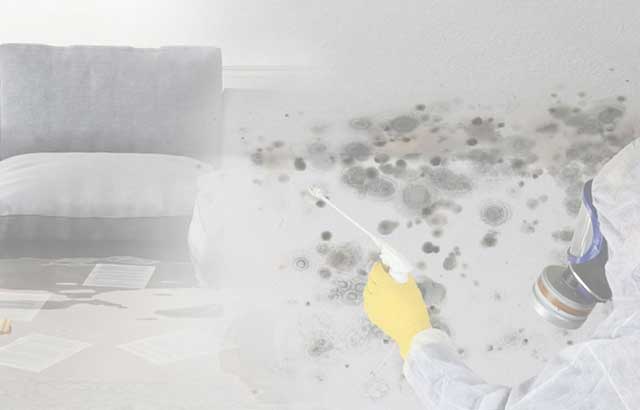Have you been hunting for tips around How to Fix a Water Damage Bathroom?

The restroom is very prone for wet buildup and also possible water damages due to the frequent use of water in it. This short article provides basic assessment methods to assist finding water damages dangers.
The constant use water in the shower room makes it very prone for damp accumulation and potential water damage. By inspecting it regularly, you can lower water relevant problems.
The complying with collection of evaluations is easy to perform and also need to be done once in every three months in order to maintain your shower room in good shape and to stop prospective water damages caused by the bath tub, the shower, pipe joints and plumbing, sinks, closets, as well as the commode
Do not overlook performing these examinations as well as be comprehensive while executing them. Bear in mind that these simple examinations can save you a lot of cash by offering very early indicators for water damages
Sinks and Cabinets
Sinks and also cupboards are exposed to wetness and moisture daily and also are typically overlooked. Check routinely under the sink and also on the counter top over it. Repair any type of drip in the trap as it might suggest drainpipe problems. Browse the sink, slow draining pipelines may suggest an obstructed drain. Change sink seals if they are fractured or loose.
Bath tub and also Shower
The shower and bath tub need unique interest and upkeep. Check the floor tiles and change if broken. Make certain that there is no missing cement between the ceramic tiles. Inspect as well as replace split caulking at joints where the walls satisfy the floor or the tub. Clogged drains and also pipes issues will certainly stop the bath tub from drying and also may show serious issues beneath the tub. Consult with an expert quickly to prevent architectural damage. Take note of stainings or soft areas around the tub wall surfaces as they may suggest an inner leak.
Plumbing
Signs for water damages are tough to spot given that most pipelines are installed inside the wall surfaces.
Pay unique attention to floor covering and also walls wetness and also stains as they may suggest an unseen plumbing problem. Inspect moisture levels in adjacent areas as well.
The Bathroom
The commode is a vulnerable water junction. Inspect the water lines and also look for leaks around the toilet seat, in the pipe, and also under the water storage tank. If you find any type of indicators of moisture on the floor around the toilet, check for leakages in the toilet edge and also tank seals.
Understand that hanging bathroom dish antiperspirants raises the possibilities for obstructions.
Water Damage Signs In The Bathroom To Avoid Cleanup
Musty smell
This is one of the easiest signs to catch because musty smells are so odorous. The damp, earthy, moldy smell should be a big red flag. The smell will develop when moisture gets trapped in surfaces, and begins to facilitate mold growth. Leaking pipes under cabinets, inside walls, and behind shower fixtures will cause moisture to stay trapped and not dry, which will lead to mold growth and spread. As soon as you notice any musty smells in your bathroom, have it checked for hidden water damage and cleanup signs.
Visible mold
If the smell isn’t there to give it away, sometimes you will actually see mold growth. Finding mold in your bathroom is a serious problem, because mold is very harmful to your health. By the time mold growth is visible, it also means that water damage has already occurred and been present for some time. The only way the mold problem can be resolved is to find the source of the moisture and get it stopped. To safely and adequately remove mold, you need to have professionals handle the remediation. Do not waste any time in getting mold problems addressed, fixed, and sanitized so that you can protect you and your family from the many respiratory symptoms caused by mold exposure.
Damaged floors
Bathroom floors should be able to withstand some exposure to water while still remaining in good condition. However, when excess exposure or water leaks occur, they will begin to damage even the most water-resistant flooring. If you notice any cracking, bubbling, staining, or warping on your bathroom floors, there is probably a water leak somewhere causing the distortion. If you notice areas of the floor have become softer, or even have a spongy feeling, there is probably damage to the subfloor. Subflooring is typically made up of plywood. When plywood is exposed to water or moisture, it will absorb it. Once it has become saturated, the weight of the excess water will cause the wood to swell and soften. Check the floors in your bathroom frequently to catch any of these sings before they lead to damaged subflooring.
Changes on walls
When water leaks behind walls, it will cause changes in the drywall. Peeling plaster, blistering paint, and soggy wallpaper are all good indicators that excess water is building up behind the wall. Water leaking behind drywall will cause it to swell and be soft to the tough. If you start to notice gaps along the trim of your walls, or where tile meets the wall, it could also be a strong indicator that there is a leak behind the wall. Any changes, distortion, or damage on the walls should be evaluated as soon as you notice it to prevent further water damage and cleanup.

I ran across that piece about Looking for Signs of Water Damage in the Bathroom when doing a lookup on the internet. Feel free to set aside a second to distribute this blog if you liked it. Thanks for taking the time to read it.
Contact Us